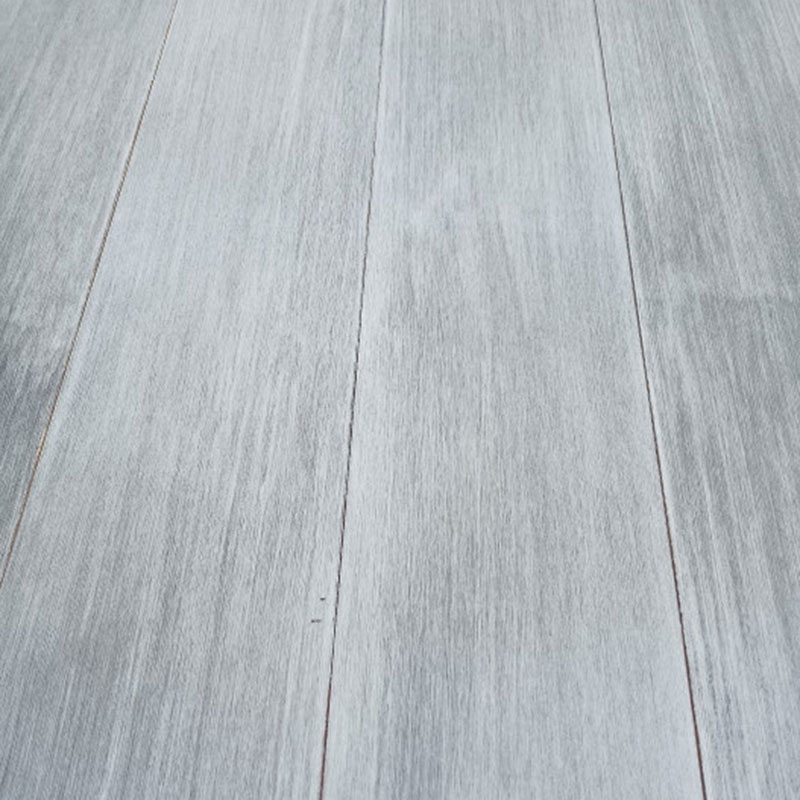Wall cor Recoletos Sts.Intramuros, Manila 1002 PO BOX769
Monday through Saturdays 8am – 5pm Textured Bamboo Flooring

A bill that seeks to establish the country’s competitive edge in the natural bamboo market in transport, construction, furniture, and fabric sectors that can lead to industrial-manufacturing development will be refiled in Congress.
Bohol Representative Edgardo M. Chatto said he will refile House Bill 9576 or Philippine Bamboo Industry Development Act (PBIDA) was already approved on third and final reading in August 2021.
Deogracias Victor “DV” B. Savellano, who spearheads the 5K (Bamboo: Nature, Wildlife, Culture, Prosperity) Foundation Inc., said they hope the bill can be certified as urgent by the administration of President Ferdinand R. Marcos Jr.
5K Foundation is an advocacy group seeking for the development of bamboo as nature-friendly, climate smart industrial material.
“House Bill 9576 should be approved under the administration of BBM (Bongbong Marcos). It will substantially help advance our industrial development. We already have the clumps in our inventory. We just need the support for production, training, processing,” said Savellano.
The original bill envisioned to seize part of a global market placed in 2010 at $8 billion will institutionalize the Philippine Bamboo Industry Development Council (PBIDC).
Created by Executive Order 879 in 2010, PBIDC saw the prospect of bamboo replacing plastic, metal, and other wood as manufacturing input.
While Savellano has earlier been appointed vice chairman of PBIDC, the council has not yet been convened since the Marcos Administration stepped in. A budget has neither been allocated for the council.
The bamboo industry holds huge economic potential for contributing to industrialization, being a highly-durable and ecologically-friendly raw material.
Comparable to or even better than other hardwood, bamboo has already been technologically developed into engineered wood, composites, laminated wood, or strand woven bamboo as sophisticated lumber or construction material.
The PBIDC, according to EO 879, should be composed of the heads of the Department of Trade and Industry, Department of Environment and Natural Resources, Department of Agriculture, and Department of Science and Technology (DOST), among others.
Bamboo advocates are now petitioning government to allocate at least P100 million to jumpstart the development of bamboo as a manufacturing sector.
EO 879 mandates DENR, Mines and Geosciences Bureau, and Laguna Lake Development Authority to use bamboo in at least 20 percent in their annual reforestation areas.
Rene Madarang, appointed PBIDC executive director but also actively supports bamboo promotion through 5K Foundation, earlier created a Technical Working Group (TWG) to support PBIDC functions.
TWGs have been put up for three functions– production and propagation, industry and commerce, and training of workforce for propagation and processing.
The Philippines now has an estimated bamboo area of around 104,000 hectares. It generates a value of $60 million yearly. With 5.59 million hectares of arable land, the Philippines can expand bamboo area to 400,000 hectares– if only to level up to at least 10% of China’s bamboo area of 4.2 million hectares.
Such area can yield a whopping $3 billion (P150 billion). The industry can employ one million rural folks including indigenous people that can be organized into cooperatives.
Each 10-hectare area can generate a net income of P922,995 per bamboo worker per year, according to a study of the International Network for Bamboo and Rattan (INBAR).
Bamboo is a sustainable material as it fights climate change in several ways, INBAR said.
First, its fast-growing trait enables it to sequester carbon more substantially than other plants. It releases 35% more oxygen than other trees. Bamboo plants sequester 12 metric tons of carbon per hectare annually.
“Durable products made from bamboo can also be potentially carbon-negative. Bamboo could also be a favorable substitute for hardwoods, even FSC (Forest Stewardship Council)-certified ones.”
Bamboo also replaces fossil fuels and reduces deforestation. Its solid biomass is used for cooking (charcoal and briquettes) and It can be converted into pellets for electricity and heating.
It is harvestable year-round, providing a stable rural income.
As it thrives in problem soils and steep slopes, it is an excellent land restoration crop.
It is also an effective windbreak, and its sturdy rhizomes and roots regulate water flows and prevent erosion. A case in Allahabad, India, tells of the rebuilding of rural livelihoods where 80,000 hectares of degraded land were brought back into productivity using bamboo as a pioneer species.
Filipinos have extensively exhibited their creative genius in using bamboo.
For instance, The Cubo modular house, designed by Earl Forlales, is not only modern but one that is also an aesthetic and durable house made of natural, indigenous materials. In 2017, designer Christopher Paris Lacson crafted the Banatti motorcycle whose body is made of highly durable, elegant-looking, light-weight bamboo.
Lacson himself said Philippines has long been a pioneer of industrial bamboo design as cited by a local newspaper in the early 1950s. Filipino Antonio de Leon designed a single-engine, light experimental aircraft XL-14-MAYA. It used a type of woven bamboo called WOBEX, woven bamboo experimental.
Another product is the bamboo mobile, a type of jeepney spearheaded by the Department of Transportation of long ago. Its body is made of bamboo. Bambu Batu (House of Bamboo) cites many other modern, fashionable furniture and clothing products made of bamboo.

Refinished Bamboo Floors © 2022 Manila Bulletin The Nation's Leading Newspaper. All Rights Reserved.